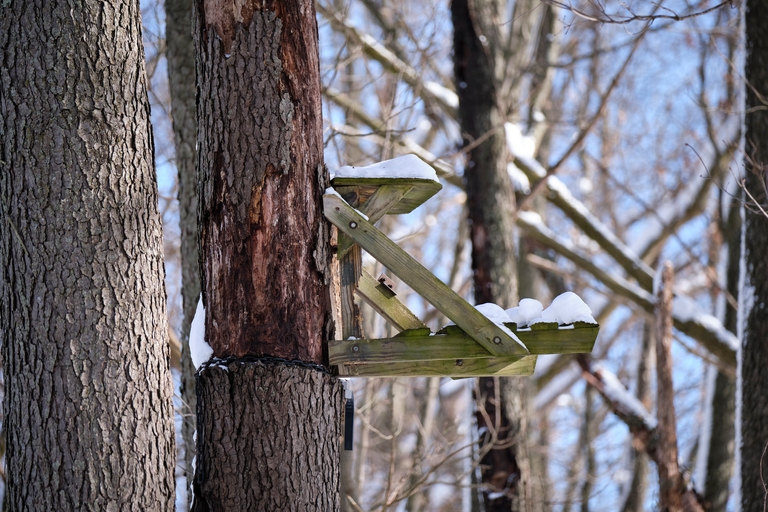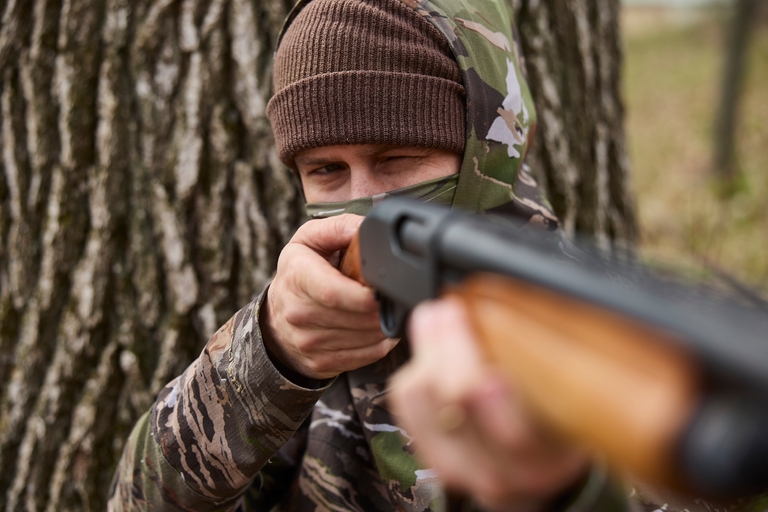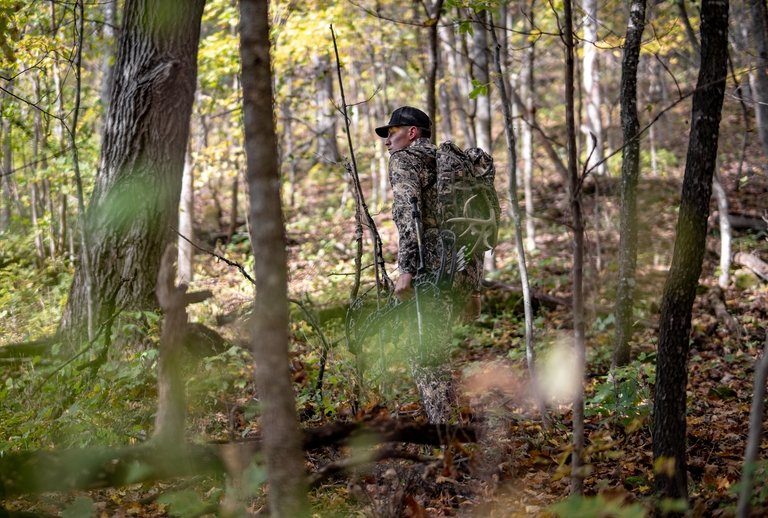A Beginner's Guide to Choosing the Right Crossbow
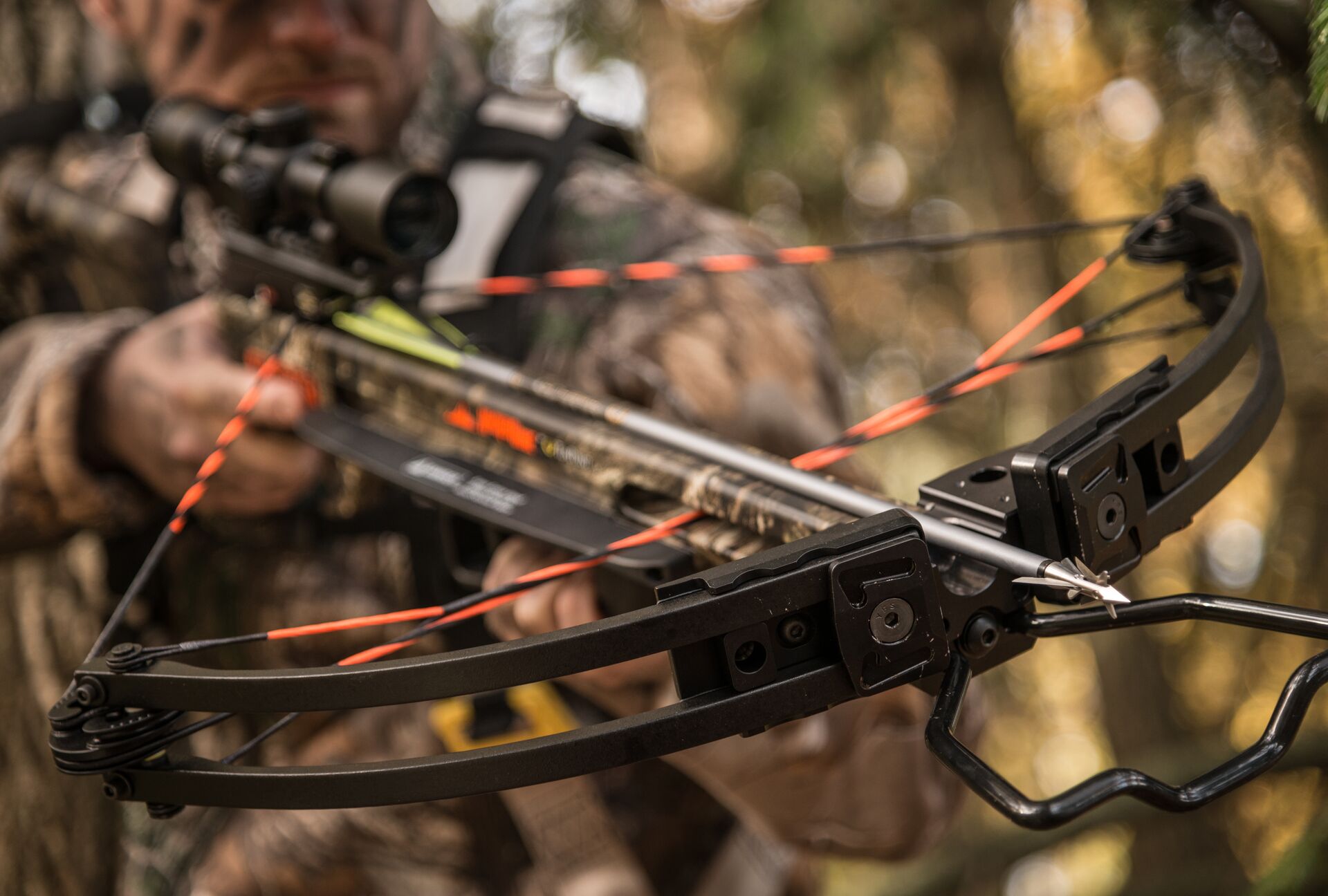
The crossbow is an ancient weapon first thought to have been developed in China and popularized throughout the Middle Ages. Some evidence even extends back to the Roman and Greek civilizations.
Today, the crossbow has become a popular choice for hunting enthusiasts, thanks to several technological advancements and design upgrades that have brought it into the modern age. If you're keen on continuing this ancient practice, selecting the right crossbow is your first step!
This blog looks at our top tips for beginners to choose the right crossbow. We'll also talk about how to stay safe when using your crossbow.
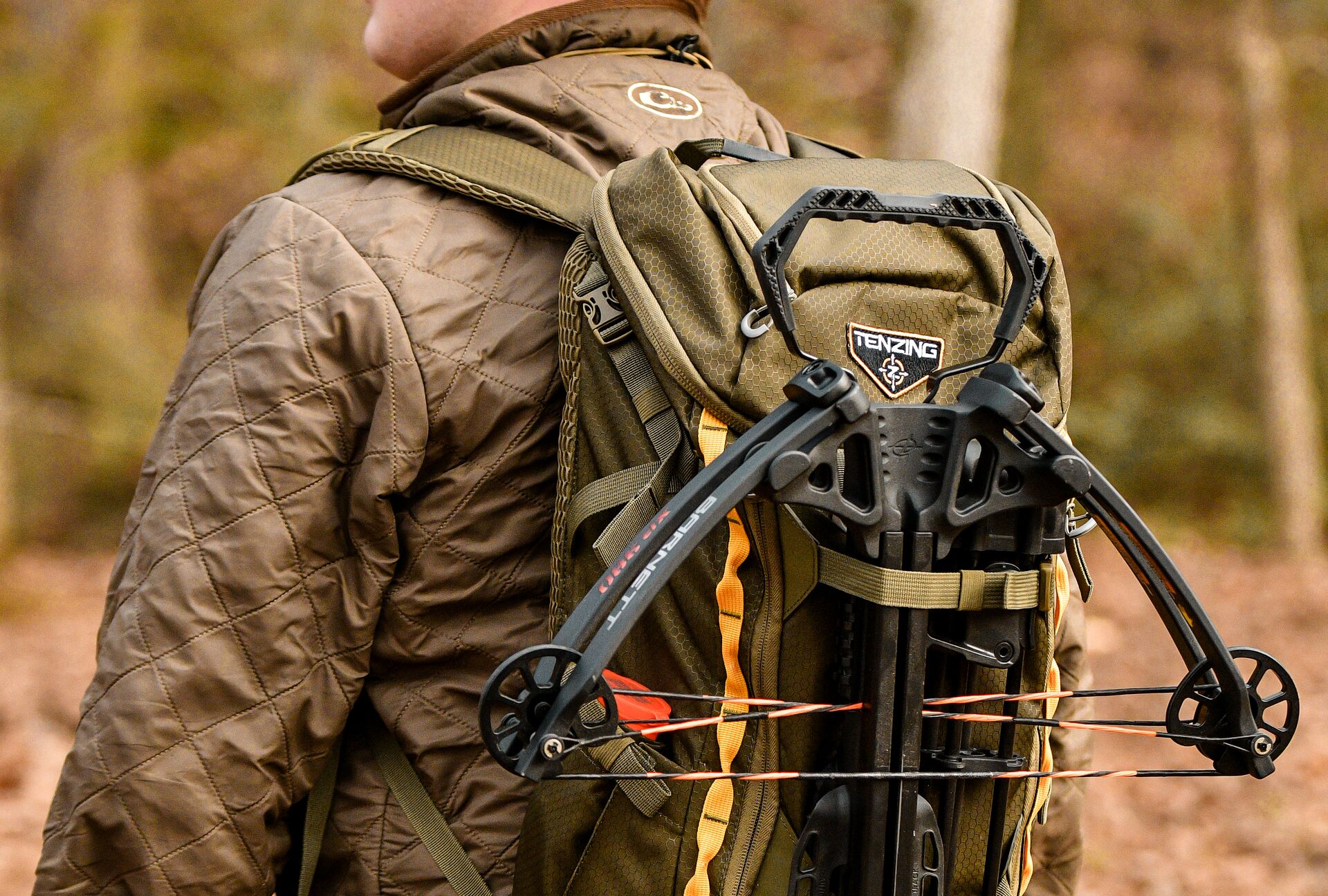
A Breakdown of a Crossbow
The crossbow is a unique weapon that combines components of a bow and a firearm. It is designed to shoot projectiles for hunting various game species or for sport on a range.
Crossbows are similar to compound bows turned sideways and mounted on a stock that may look more at home with a rifle mounted on top but with some distinct differences.
Here's the anatomy of a crossbow to help you better understand how these intricate weapons function:
- The stock: The stock is the body or base of the crossbow to which all other components are attached. While in ancient times, it would have been constructed of wood, today, it's made with durable materials such as carbon fiber, aluminum, or polymer.
- The limbs: These curved wing-like ends are horizontally mounted on the crossbow and are attached to the string so that the string can be pulled back and the bolt can be fired. The limbs spring forward with the energy and tension of the fired string and are similarly most commonly constructed with carbon fiber or aluminum.
- Riser: The risers connect the stock to the limbs and serve as a hunter's grip point. These essential components help transfer the energy from the limbs to the arrow and are constructed with aluminum to withstand the intense pressure on the limbs.
- String: Pulling the string back, you pull the limbs back, creating a spring-like propulsion method. This kinetic energy is transferred from the string to the bolt, launching a bolt at a hundred meters per second. Crossbow strings are constructed of flexible, lightweight, yet durable materials such as Kevlar or natural fibers.
- Trigger: The trigger mechanism releases the latch holding the bowstring in place, converting the energy into the bolt.
Due to the relative size of the limbs compared to a compound bow, a crossbow has about half the range of a compound bow.

Uses for Your Crossbow
Determining whether a specific crossbow suits your needs requires an analysis of your hunting or recreational requirements.
Here are the most popular uses of a crossbow to help you choose the right one.
Hunting With a Crossbow
Whether you can hunt with a crossbow will determine several factors, including the draw weight, range, skill level, and proficiency with the weapon.
Some popular species to target with a crossbow include:
- Deer
- Elk
- Turkey
- Rabbits
- Wild pig
Larger species will require a crossbow with a greater draw weight, as using bolts that cannot penetrate the target species due to lack of power is an unethical hunting practice.
Another consideration is your state laws and restrictions. While some states treat crossbows as an extension of hunting bows, others are much stricter regarding minimum draw weight, arrow type, and seasons.
For example, crossbow hunting for migratory birds is illegal in Oregon.
Target Shooting and Recreation
Joining an archery club is a great way to improve your accuracy, practice in the offseason, meet new people, or just have fun.
As always, practice makes perfect; consistency in the range will mean consistency in the field.
Choosing Your Crossbow
Choosing the right crossbow is essential for hunting performance, safety, durability, and ethical consistency. Here are the key considerations when selecting your entry-level crossbow.
Type of Crossbow
There are three types of crossbows: recurve, compound, and reverse draw, and a wide range of variations from pistol to repeating. As a beginner, focusing on factors such as ease of use, draw power, and accuracy is more critical as you can opt for more advanced designs as you develop your skill with the crossbow.
- Recurve: A recurve crossbow is a standard option with a singular bowstring. While not as powerful as a compound bow, it provides an excellent introduction to bowhunting.
- Compound: Like a compound bow, a compound crossbow uses a system of pulleys and several strings to shoot faster and more accurately than a recurve. It's a better option for big game with a longer-range capability and power.
- Reverse draw: The reverse draw crossbow is a compact option, with the bow assembled at the back of the stock and the limbs towards the shoulder stock. This unique design makes it smaller overall and enhances its weight distribution, resulting in a powerful and efficient performance.
Carefully consider the options above and what each bow type can provide. A reverse draw would make an excellent blind crossbow due to its compact nature, whereas a recurve has a simple design perfect for a beginner or younger hunter looking to get into the sport.
Draw Weight and Speed
Draw weight and speed are the markers of the power of your crossbow.
Determining your draw weight requires analyzing your physical capabilities and familiarity with loading and unloading crossbows. From a hunting point of view, 40 pounds is a good starting point, but again, this depends on the type of game, your proficiency, and your shot placement.
A crossbow with a velocity of at least 300 feet per second is another great marker, and seeking out location-specific regulations can provide draw and weight guidelines when hunting. For example, the minimum draw weight of a crossbow in Nevada is 125 pounds.
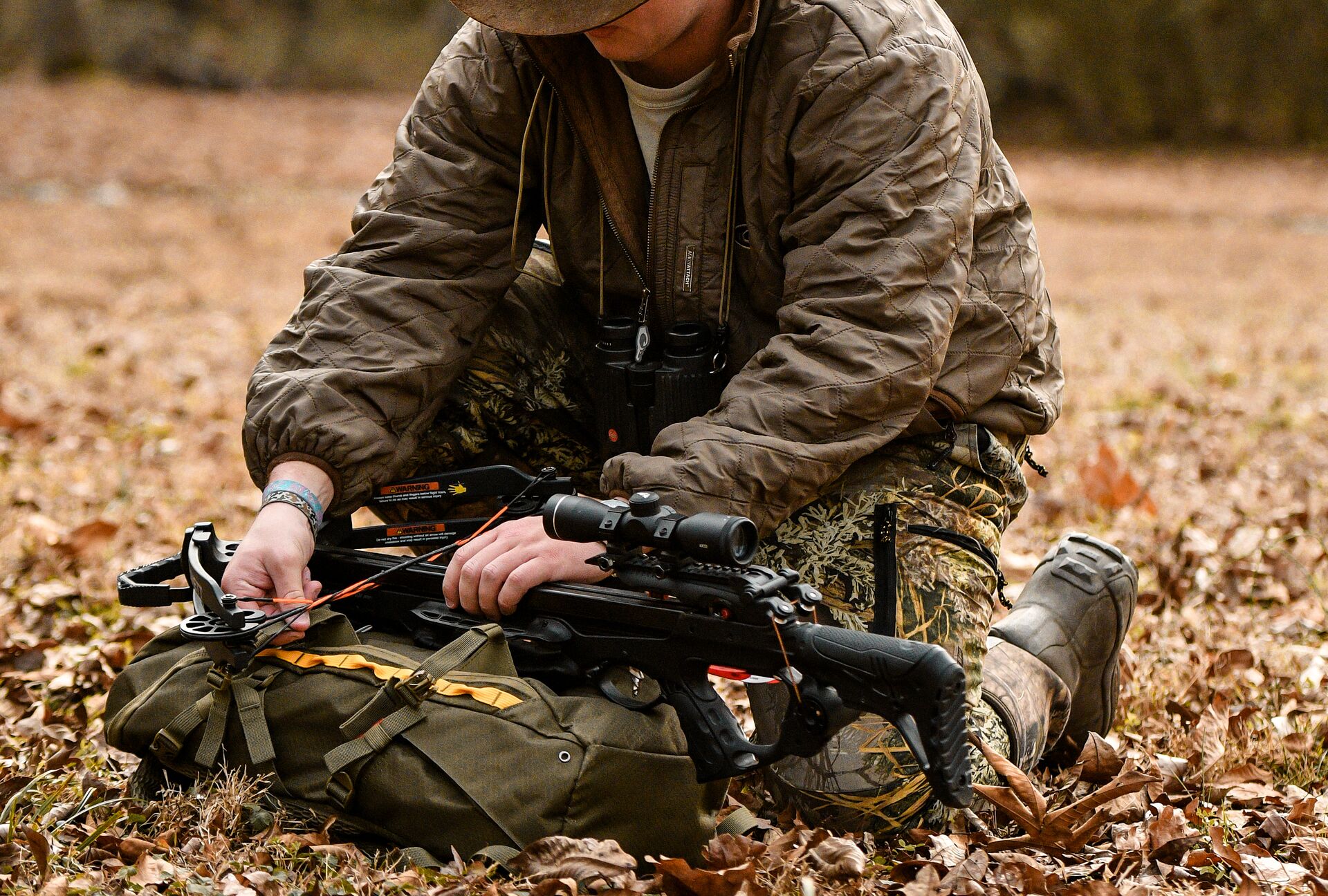
Physical Ability and Familiarity
Loading crossbows can be physically exhausting as you convert your body's energy into the string and loading mechanism. The more you can draw back, the more power you can transfer to the arrow, meaning a higher velocity shot.
Consider your physical condition and then factor this into the weight, size, and cocking mechanism of the bow. Thankfully, there are tools such as cocking rope and crank devices that decrease the draw weight when loading, similar to a winch on a boat's anchor.
Affordability
When it comes to cost, you're better off saving for a quality crossbow due to its increased accuracy and durability. Remember, you get what you pay for, and a higher quality crossbow for a few extra dollars usually works out to be cheaper in the long run.
If possible, consider a packaged option where you can access essential add-ons, including:
- Quiver to transport arrows
- Sight for increased accuracy
- Bolts and broadheads for firing
If you're on a limited budget, prioritize your crossbow needs by assessing state minimum requirements to ensure you're hunting within legal means. Explore a range of models and brands, taking note of reviews and ratings. For further insights, head to your local archery store or shooting club and ask for recommendations.
Safety Features
Good shooting is safe shooting, no matter the weapon. Additional safety features can be the difference between a successful hunt and mishaps.
Consider additional safety add-ons and features, including:
- Anti-dry-firing mechanism: As a general rule, you should never fire your crossbow when unloaded, as this can cause damage to the device, leading to injury and misfires when loaded. To avoid this, you can purchase an anti-dry firing mechanism that catches the string in case of a dry fire.
- Rubber-coated grips: These protective gloves protect shooting fingers and thumbs when using a crossbow.
Follow all safety rules as you would with a firearm, and never travel with a loaded crossbow only at the point at which you aim to hit. Remember to take care of your crossbow, check for any wear and tear damage, and use rail oil to keep it running smoothly.

Learn Crossbow and Hunting Safety With Hunter-Ed
Crossbows are powerful hunting tools, and their intricate design can withstand more than a hundred pounds of force. With this kind of power in your hands, it's crucial to prioritize safety when using crossbows for hunting.
Crossbows are unique; even if you've hunted with a rifle before, updating your safety knowledge is an additional safeguard against misfires and mishaps in the field. Whether state-mandated or not, a safety course is always a great option to learn hunting safety, especially for beginner crossbow hunters who want to familiarize themselves with this device and learn to be safe around this kind of force.
So, before taking the field with your bow (or a firearm), get safety certified! Choose the course for your state and start learning with our free online study guide.

